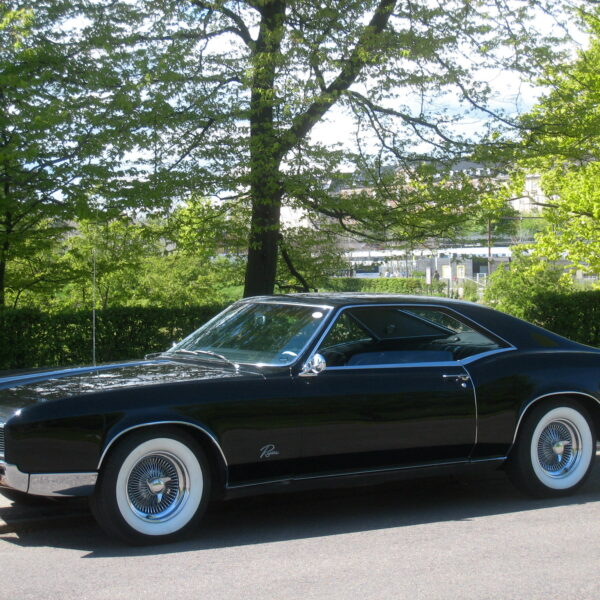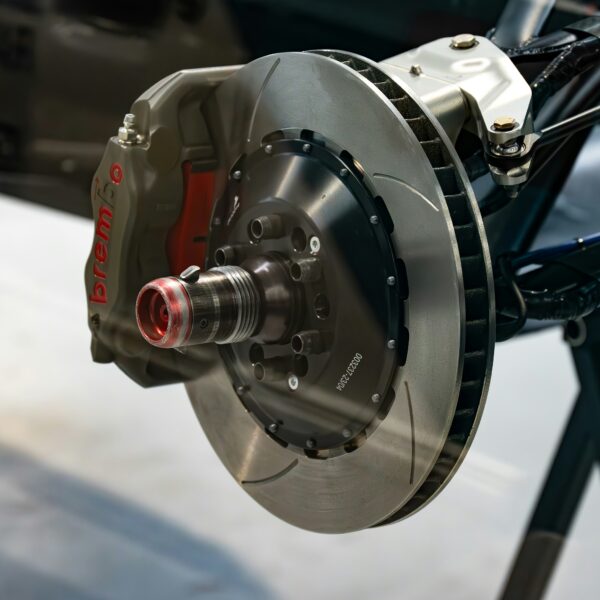Are Eco-Friendly Materials the Future of Automotive Manufacturing
Climate change is a global issue that is becoming more prominent every year as the earth’s health declines and carbon emissions rise. Every business is being pressured to reduce as much waste and energy usage as possible, including the automotive industry. Achieving carbon net zero is no longer an option; it is necessary. It is not a secret that the automotive industry and vehicles contribute a high percentage to global carbon emissions and energy usage. But now, that is all starting to change. Automotive manufacturers are turning to more eco-friendly materials to use in their vehicles, from start to finish, to reduce their overall carbon footprint.
The automotive industry is evolving into a greener industry with a massive push on EVs and sustainable materials. Electric vehicle popularity has expanded rapidly in the last number of years through global governments pushing their popularity with tax credits and incentives. It is not just the new addition of batteries over traditional combustion engines that is preparing for a better, brighter future. Eco-friendly materials are the future of vehicle manufacturing as natural materials effectively absorb carbon dioxide. They offset the emissions the car will ultimately produce once on the road, helping car manufacturers reach carbon neutrality.
Recycling and repurposing steel
Steel is an important material used in every vehicle produced worldwide. It is used to make the car’s skeleton; without it, cars would not be deemed roadworthy. Along with it being vital for the production of vehicles, it is 100 percent recyclable. Over fourteen million tons of steel is reclaimed and reused annually and repurposed into over eight million vehicles.
Using high-strength or ultra-strength steel can also reduce the number of emissions produced by a vehicle as the car’s weight is lighter. In turn, this means it uses less fuel. Something that all automotive customers will be pleased about.
Reducing plastics in vehicles
Every year over 300 million tons of plastic are disposed of. A range of materials are used to manufacture a vehicle, but over half of the materials are plastic-based. To combat the excessive use of plastics in modern-day society, automotive manufacturers are recycling plastics and using them in the new electric models.
The Ford Bronco Sports has used 100% recycled plastic retrieved from the ocean. In general, Ford has pledged to introduce as many sustainable materials as possible into their manufacturing process as they strive to become 100% sustainable in the future. For example, they have created fabric for the interiors of their vehicles using recycled plastic bottles. This is something that they took from the fashion industry. Other brands like Nissan have used the same technology in producing eco-friendly materials for the interior of their vehicles.
It is also rumored that several automotive manufacturers are investing in producing microplastics from lobster shells. Volvo is even starting to implement sustainable micro-plastics into their new vehicles’ dashboards, floor mats, and seats.
Using plant-based materials for interiors
Traditionally, steel or another type of metal is used for the structure of vehicles. This is to retain shape and protect passengers if an accident occurs. Plant-derived materials such as woven flax and hemp are now utilized in car bumpers and body panels. Adding these natural resources makes vehicle parts stronger and less likely to be dented than traditional, non eco-friendly materials.
A range of new sustainable alternatives are being used for the interiors of vehicles. Some of these changes include using repurposed wood and cork instead of rich wood paneling. Both Chrysler and Fisker use reclaimed wood for their vehicle’s interiors, while Toyota has chosen bamboo as their sustainable material of choice.
Using vegan leather in vehicles
Along with environmentally friendly materials, some automotive manufacturers also started using ethical materials, such as vegan leather.
Vegan leather is used to look and feel like its animal hide counterpart without actually killing any livestock to retrieve it. Historically, if real leather was not used in vehicles, then a PVC or PU alternative was selected. As these options are petroleum-based plastics, they are not suitable for the environmentally-friendly future everyone is striving for.
Vegan Leather is made from various plant materials, including pineapple leaves, cacti, and mushrooms. Cellulose fibers within the plants are weaved to produce a faux-leather material used in the upholstery of automotive vehicles. This material is waterproof, heat, and stain-resistant. More importantly, it is biodegradable. Mercedes-Benz electric concept car, the Vision EQXX, and various Tesla models all use vegan leather for the interiors. In fact, Mercedes-Benz has pledged to use up to 40% sustainable and recycled materials in its future releases by 2039.
The European Commission has introduced legislation ensuring that 30% of plastics being used in cars have to be recycled by 2030. Legislation like this will ensure that vehicle manufacturing stays on the correct path toward a bright, carbon-free future. The automotive industry is in a massive period of change as they must completely reinvent their business models to suit the new, environmentally conscious buyer. In the near future, cars will be greener, eco-friendly machines that work with our planet instead of helping to destroy it.

















